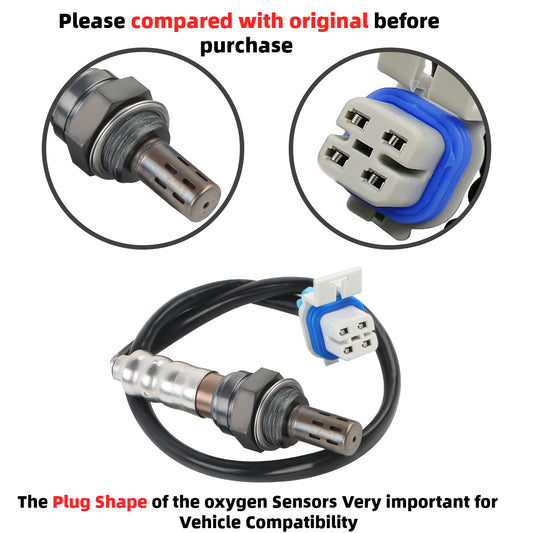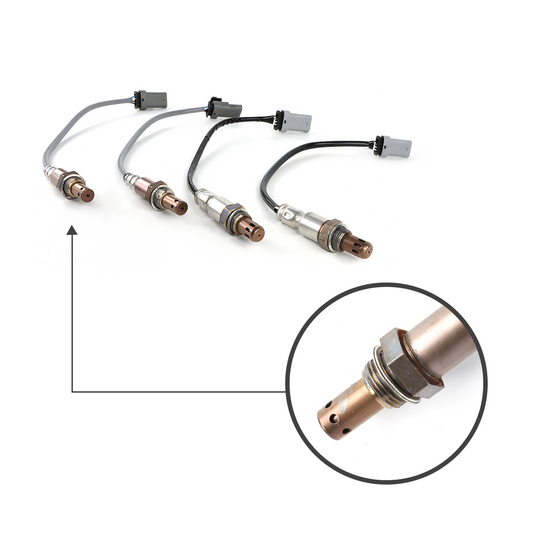where is the catalytic converter located on a chevy cavalier? A Comprehensive Guide
The catalytic converter is a vital component in the exhaust system of a Chevy Cavalier, responsible for reducing harmful emissions and ensuring compliance with environmental regulations. Understanding its precise location and function can be helpful when it comes to maintenance, repairs, or performance upgrades. In this comprehensive guide, we will delve into the details of the catalytic converter's location in a Chevy Cavalier.
The catalytic converter is typically located underneath the vehicle, within the exhaust system. While its general placement is close to the front section of the car, the exact position may vary slightly depending on the specific model year and engine configuration.
To locate the catalytic converter on your Chevy Cavalier, you will need to inspect the underside of the vehicle. Start by safely elevating the car using jack stands or ramps, ensuring proper support. Once underneath, look for a cylindrical or oblong-shaped metal component in the exhaust system. It is usually covered by a heat shield for protection against high temperatures. The catalytic converter is connected to the exhaust pipe, which carries the hot exhaust gases from the engine towards the rear of the vehicle.
The specific positioning of the catalytic converter between the exhaust manifold and the muffler is crucial for efficient treatment of the exhaust gases. As the exhaust gases flow through the converter, they encounter a catalyst - typically made of platinum, palladium, and rhodium - which facilitates chemical reactions that convert harmful pollutants into less harmful substances.
Factors such as space availability, heat management, and emission control requirements can influence the precise location of the catalytic converter. Manufacturers carefully design the exhaust system layout to ensure optimal performance while adhering to regulatory standards.
Regular maintenance and inspection of the catalytic converter are essential to keep it functioning effectively. Over time, the catalyst inside the converter can degrade or become contaminated, leading to reduced efficiency or even failure. Symptoms of a failing catalytic converter may include decreased engine performance, increased emissions, or the illumination of the check engine light.
If you suspect an issue with your catalytic converter, it is recommended to consult a professional mechanic for diagnosis and repairs. They can perform tests to determine if the converter needs to be replaced or if there are other underlying issues affecting its performance.
In conclusion, on a Chevy Cavalier, the catalytic converter is typically located underneath the vehicle within the exhaust system. Its precise placement may vary depending on the specific model year and engine configuration. By understanding its location and function, you can better maintain and address any issues related to the catalytic converter in your Chevy Cavalier, ensuring compliance with emission regulations and optimal engine performance.


















